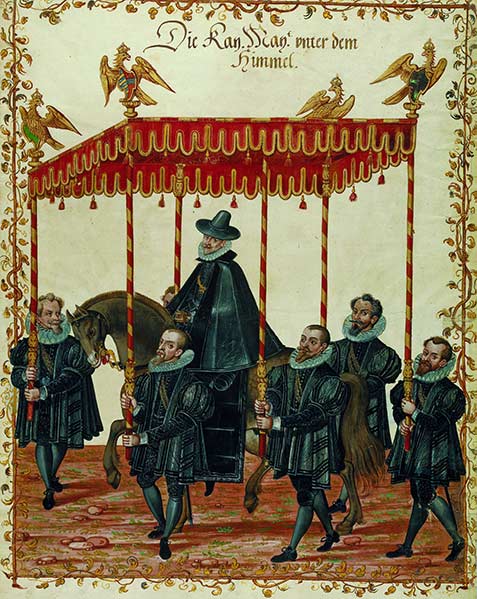
Nuremberg was one of the most powerful imperial cities of the Holy Roman Empire. The castle, which was probably constructed under Heinrich III (1039-1056), was one of the political centers of the mediaeval empire and the starting point for the city's development.
Privileges granted by the emperor promoted Nuremberg's rise. Nuremberg was the city most frequently visited by German emperors and kings. The emperor's throne from the Nuremberg City Chambers of 1521, a large model of the castle, illustrations showing the crown jewels, the entry of emperors to Nuremberg, the triumphal arches, and fireworks are all testimonies to Nuremberg's status as an imperial city.



